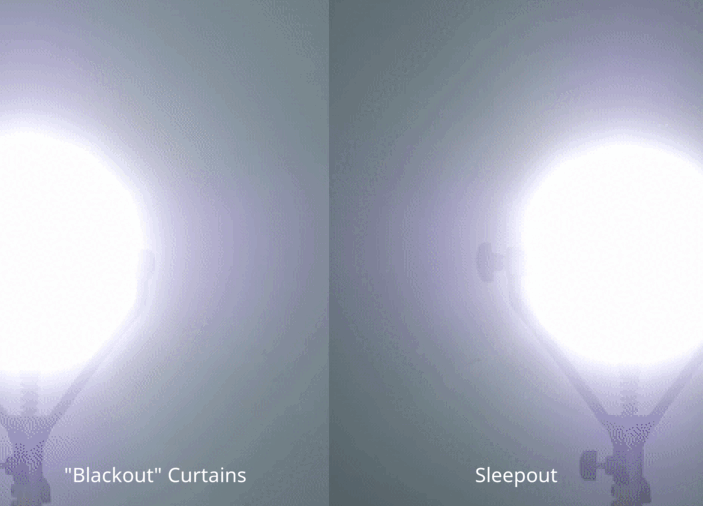Working a 12-hour night shift can take a toll on your physical and mental health, and it's important to understand the long-term effects and how to minimize them. Creating a sleep routine that includes a consistent schedule and a relaxing sleep environment can help reduce the impact of a night shift schedule. Understanding the science behind sleep and utilizing sleep aids and techniques such as melatonin or deep breathing can improve the quality of your sleep.
Optimizing Your Night Shift Sleep Schedule for Maximum Rest and Productivity
Working a 12-hour night shift can be challenging, especially when it comes to sleep. However, optimizing your sleep schedule is crucial for maximizing your productivity and avoiding burnout. Here are some tips:
-
Maintain Consistency: Keep a regular sleep schedule, even on your off days. This can help regulate your body's internal clock and lead to better sleep quality.
-
Minimize Noise: Creating a quiet environment is key. Consider using earplugs or a white noise machine to help with this.
-
Control Light: Use blackout curtains to minimize light, crucial for those sleeping during daylight hours. They can help create a night-time environment conducive to sleep.
-
Practice Relaxation Techniques: Incorporate strategies such as meditation or deep breathing to calm your mind and prepare it for sleep.
The Science Behind Better Sleep During Your Night Shift Hours
Achieving restful sleep during night shift hours can indeed present a formidable challenge, but having a deeper comprehension of the underlying science can pave the way to an enhanced sleep regimen.
Comprehending Circadian Rhythms
Every individual's body operates on natural rhythms known as circadian rhythms. These biological clocks regulate sleep and wakefulness cycles, providing cues for when it's time to sleep or wake up. When working night shifts, these rhythms may become disrupted. Therefore, gaining a deeper understanding of these rhythms and how they function is a fundamental step in your journey to adapt to night shift work. Once you grasp how your body's circadian rhythms function, you can explore strategies to reset or realign them with your new working hours.
Establishing a Sleep-Conducive Environment
The role of your immediate environment cannot be overemphasized when it comes to improving sleep quality. To facilitate a sound sleep during the day, consider using 100% blackout curtains in your bedroom. Blackout curtains have the ability to block out a significant amount of sunlight, mimicking the conditions of night-time and aiding your body's understanding that it's time to sleep. In addition, minimizing noise levels in your surroundings can also promote a better sleep experience. This could mean investing in soundproofing measures or utilizing earplugs or a white noise machine to drown out disruptive sounds. By creating a serene, darkened environment, you are better equipped to attain the restorative sleep needed to function effectively during your night shift.
Sleep Soundly and Maintain a Work-Life Balance
When you're managing a night shift schedule, prioritizing your sleep routine is critical to your overall health and productivity. To further optimize your sleep schedule, consider investing in the most recommended blackout curtain by sleep specialists in North America. Use the code WELCOME10 for $10 off and start your journey towards peaceful nights and well-rested days. Remember, taking care of your sleep is one of the best investments you can make in yourself.





